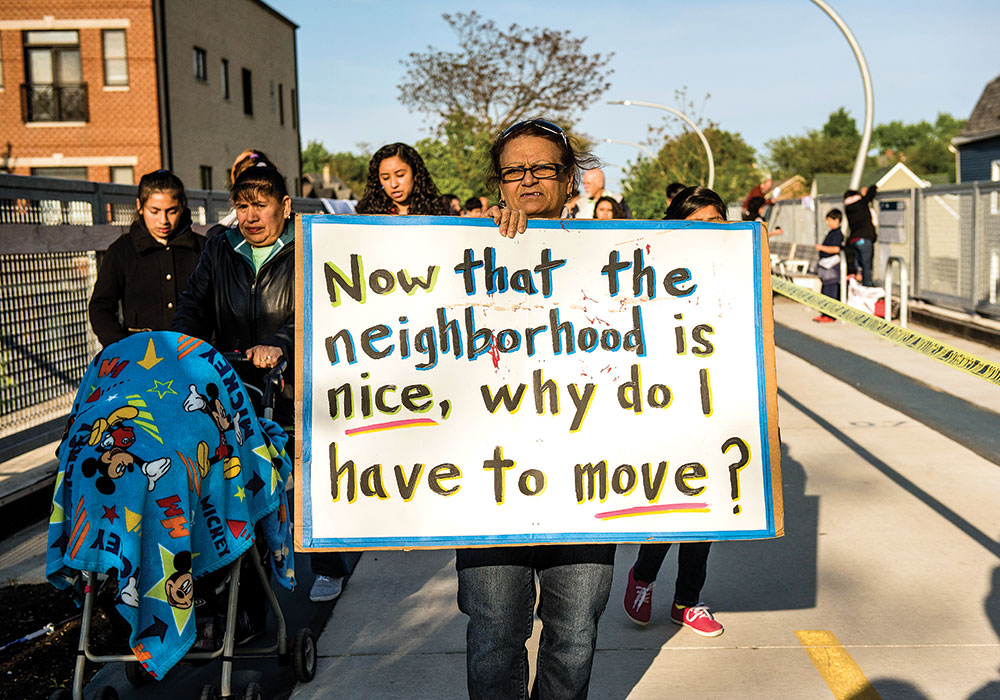The articles we read this week outline the ways in which economic justice, or rather economic injustice, can play out in a person’s life, especially in the city. In the article by Formosa, Weber and Atkins titled “Gentrification and urban children’s well-being: Tipping the scales from problems to promise”, the authors go into great detail about the process by which the economic impact of gentrification has rippling effects for children growing up in an urban environment.

According to the authors, gentrification has enormous social implications that translate to economic impacts. For example, the article discusses theories of “social capital”(400) that include many of the ways that living in a city is a benefit to children. In a nutshell, the closeness that families experience in urban areas serve as a boon to the social development of children and strengthen the fabric of the community. In one example, children knowing each other’s parents and families serves as a method of security and accountability that an isolated child may not experience. The social capital in this case is shared knowledge and information that is passed between families in a city that have important social identifiers in common.
Gentrification, in this case, might cause a family to move into the neighborhood that is from a different social or economic class. Often, these families would not enroll their children into a public school and perhaps that child would therefore not be friends with the other children in their neighborhood. This gap in social interaction for the community is one small tear in that community fabric. While only a small and fractional example of the process, the authors made clear that the dramatic social changes that gentrification brings can just as dramatically alter the trajectory of a community’s children.
Jennifer SIlva’s article was a great follow-up in that it described a sort of prolonged adolescence related to the economic perils of being a modern working-class person. This article too, faced the issues of mobility, describing men and women who, though working full-time, only make enough money to sustain the life that they live right now. The dream of education, home-ownership, marriage and family are all put on hold to sustain low-wage jobs that provide little to no chance of upward movement. The hope is to break a cycle of poverty, but our culture of self-reliance places great value on working hard and not receiving help. In both of these articles, community is key to saving our children and our future from the prison of economic injustice.
Formoso, Diana, Rachel N. Weber, and Marc S. Atkins. 2010 “Gentrification and urban childrens well-being: Tipping the scales from problems to promise.” American journal of community psychology 46.3: 395-412.
Silva, Jennifer. 2014. “Working class growing pains”, Contexts 13(2):26-31.

